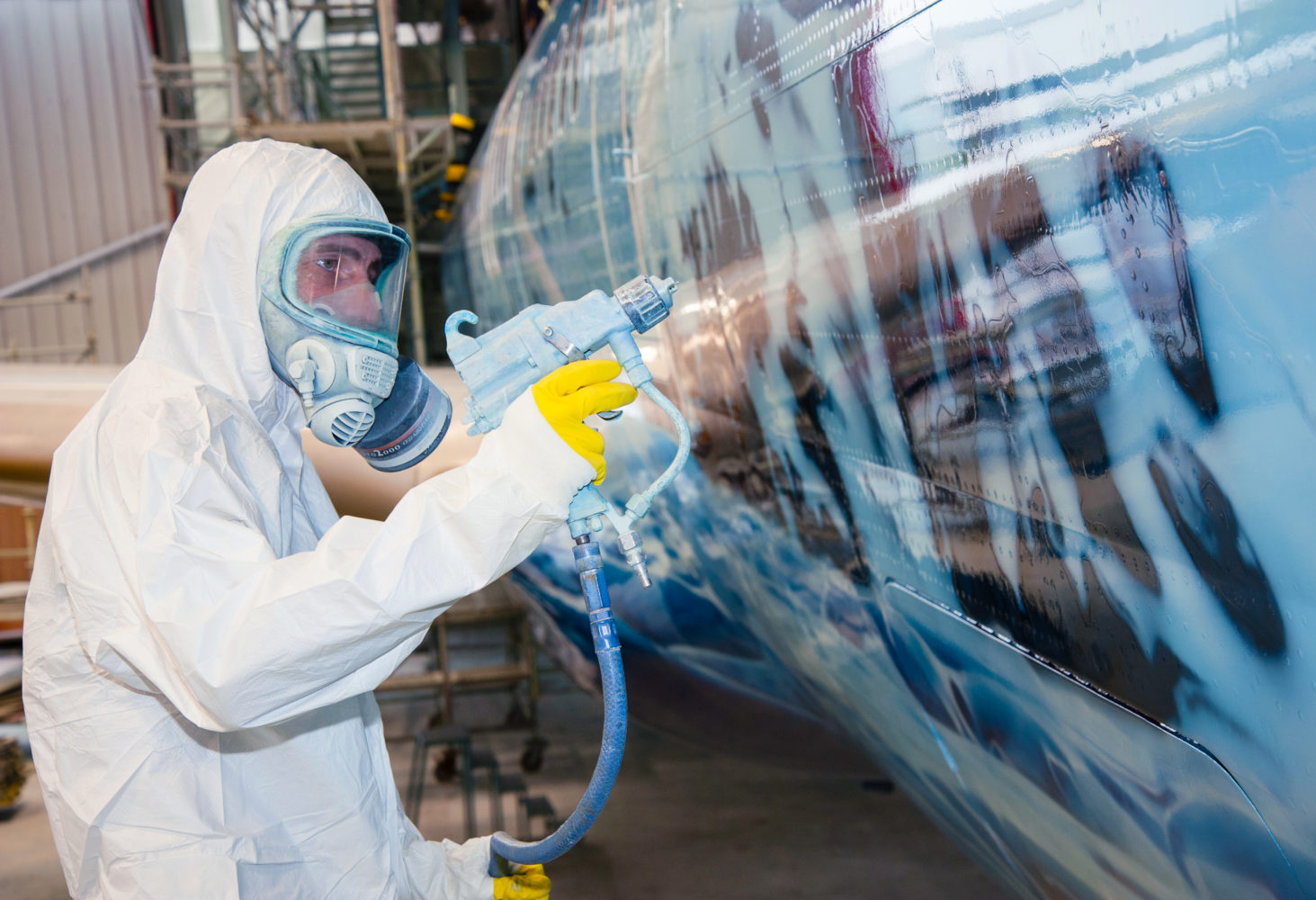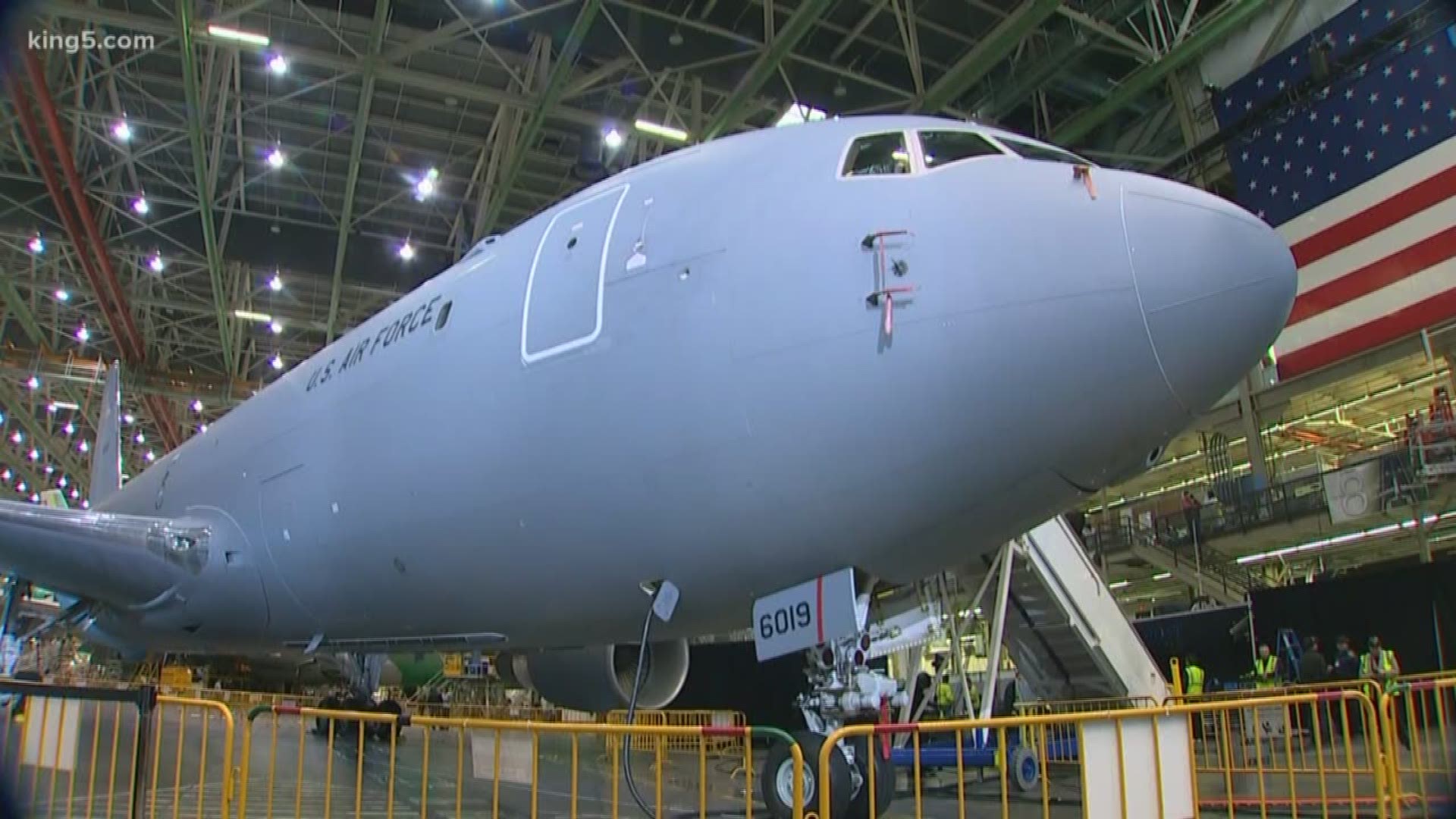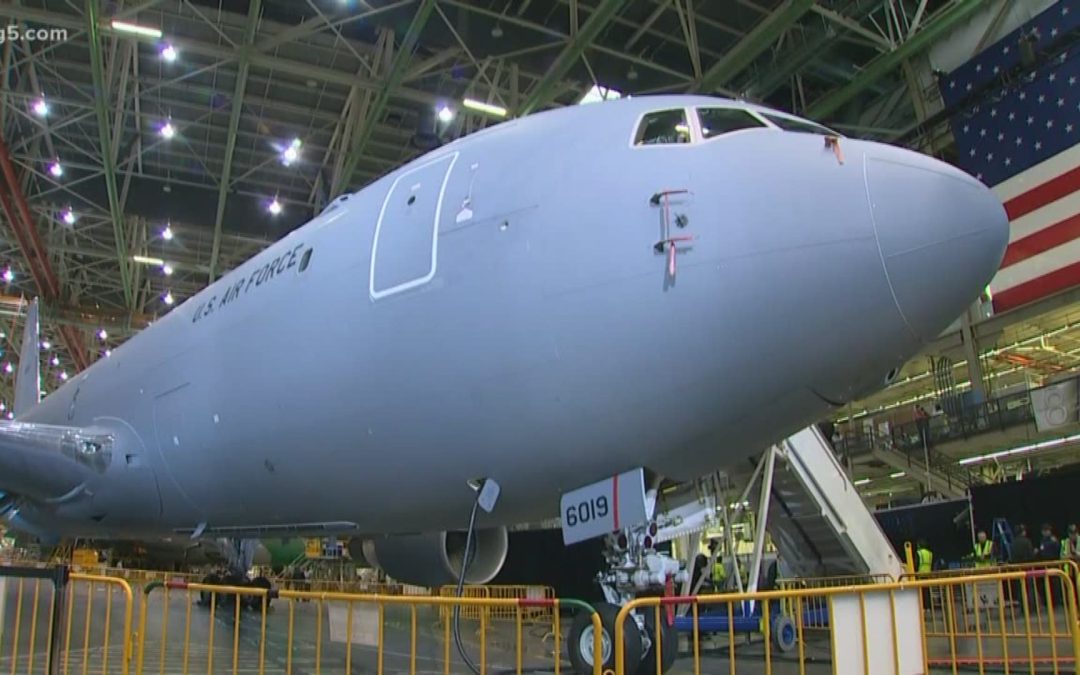In the ever-evolving world of aviation, finding ways to enhance efficiency and reduce costs is paramount. One of the significant advancements in this industry is the implementation of automated aircraft paint inspection. This technology offers a tremendous opportunity to save both time and money, making it a game-changer for the airline and maintenance sectors.

Why Paint Inspection Matters
The paint on an aircraft isn’t just for aesthetics; it plays a critical role in protecting the aircraft from environmental damage and corrosion. Regular inspection is essential to ensure the integrity and longevity of the paint job. However, traditional manual inspections can be time-consuming, labor-intensive, and prone to human error.
The Limitations of Manual Inspections
Manual inspections, although thorough, require a significant amount of time and manpower. Inspectors must meticulously check every inch of the aircraft’s surface for defects, cracks, and corrosion. This process can lead to prolonged downtimes and increased maintenance costs.
The Rise of Automated Inspections
Automated aircraft paint inspection systems utilize advanced technology such as machine vision and artificial intelligence. These systems can swiftly and accurately scan the entire surface of the aircraft, detecting even the minutest imperfections that might be missed during a manual inspection.
Benefits of Automated Aircraft Paint Inspection
Time Efficiency
One of the most significant advantages is the reduction in time required for inspections. Automated systems can perform thorough checks in a fraction of the time it would take a human inspector, which means aircraft can return to service much faster.
Cost Savings
By reducing inspection times, airlines and maintenance companies can save on labor costs and minimize aircraft downtimes. Additionally, the accuracy of automated inspections helps prevent unnecessary repairs and prolongs the lifespan of the aircraft paint.
Enhanced Safety
Automated inspections provide a higher degree of accuracy, identifying potential issues that might be overlooked manually. This ensures that any defects are addressed promptly, enhancing the overall safety of the aircraft.
How Automated Aircraft Paint Inspection Works
Machine Vision
The core of automated inspection systems is machine vision. High-resolution cameras and sensors capture detailed images of the aircraft’s surface, which are then analyzed by advanced software to detect any anomalies.
Artificial Intelligence
AI algorithms play a crucial role in processing the data collected by the machine vision system. These algorithms can distinguish between different types of defects and determine their severity, providing valuable insights for maintenance teams.
Case Studies and Real-World Success Stories
Many airlines and maintenance organizations have already reaped the benefits of automated aircraft paint inspection. For instance, a leading airline reported a 30% reduction in inspection times and a significant decrease in maintenance costs after implementing this technology.
Implementing Automated Paint Inspection Systems
Choosing the Right System
With various options available, selecting the right automated inspection system is crucial. Factors to consider include the system’s accuracy, ease of integration with existing maintenance workflows, and support from the manufacturer.
For further insights, you can read Choosing the Right Aircraft Paint, which discusses key factors to consider for a perfect finish.
Training and Support
Implementing a new system requires proper training for the maintenance team. Ensuring that your team is well-versed in using the technology is vital for maximizing its benefits.
Future of Aircraft Paint Inspection
Continuous Advancements
The field of automated inspection is continuously evolving. Future advancements may include even more sophisticated AI algorithms, improved sensors, and enhanced integration with other maintenance systems.
Regulatory Approvals
As automated inspection technologies become more prevalent, regulatory bodies are establishing standards and guidelines to ensure their effectiveness and safety. Staying informed about these developments is essential for maintenance professionals.
Challenges and Considerations
Initial Investment
While the long-term benefits are substantial, the initial investment in automated inspection systems can be significant. It’s crucial to weigh these costs against the potential savings and efficiencies.
System Integration
Integrating automated inspection systems with existing maintenance workflows can pose challenges. Ensuring seamless integration is vital for the technology to deliver its full potential.
The Role of Human Inspectors
Automated systems are designed to assist, not replace, human inspectors. Skilled inspectors are still necessary to interpret the data and make informed decisions based on the insights provided by the technology.
Environmental Impact
Automated inspections can also contribute to a more sustainable aviation industry. By ensuring the paint is in optimal condition, these systems help reduce the need for repainting and the associated environmental impact.
Success Stories from the Industry
Many companies have successfully implemented automated inspection systems, leading to significant improvements in efficiency and cost savings. These success stories highlight the potential of this technology to revolutionize the aircraft maintenance industry.
Conclusion
Automated aircraft paint inspection represents a tremendous opportunity for the aviation industry. By embracing this technology, maintenance organizations can save time and money while enhancing the safety and longevity of their aircraft. As the field continues to evolve, staying informed and proactive will be key to realizing its full potential.
For more detailed information on related topics, please visit manufacturing inspection and tachometer system unit.

Frequently Asked Questions
What is automated aircraft paint inspection?
Automated aircraft paint inspection refers to the use of advanced technologies such as machine vision and artificial intelligence to inspect the paint on aircraft surfaces for defects, cracks, and corrosion.
How can automated paint inspection save costs?
Automated paint inspection saves costs by reducing inspection times, minimizing labor costs, and preventing unnecessary repairs through accurate defect detection.
Are there any limitations to automated inspections?
While automated inspections offer numerous benefits, there can be initial investment costs and challenges in integrating these systems with existing maintenance workflows.
